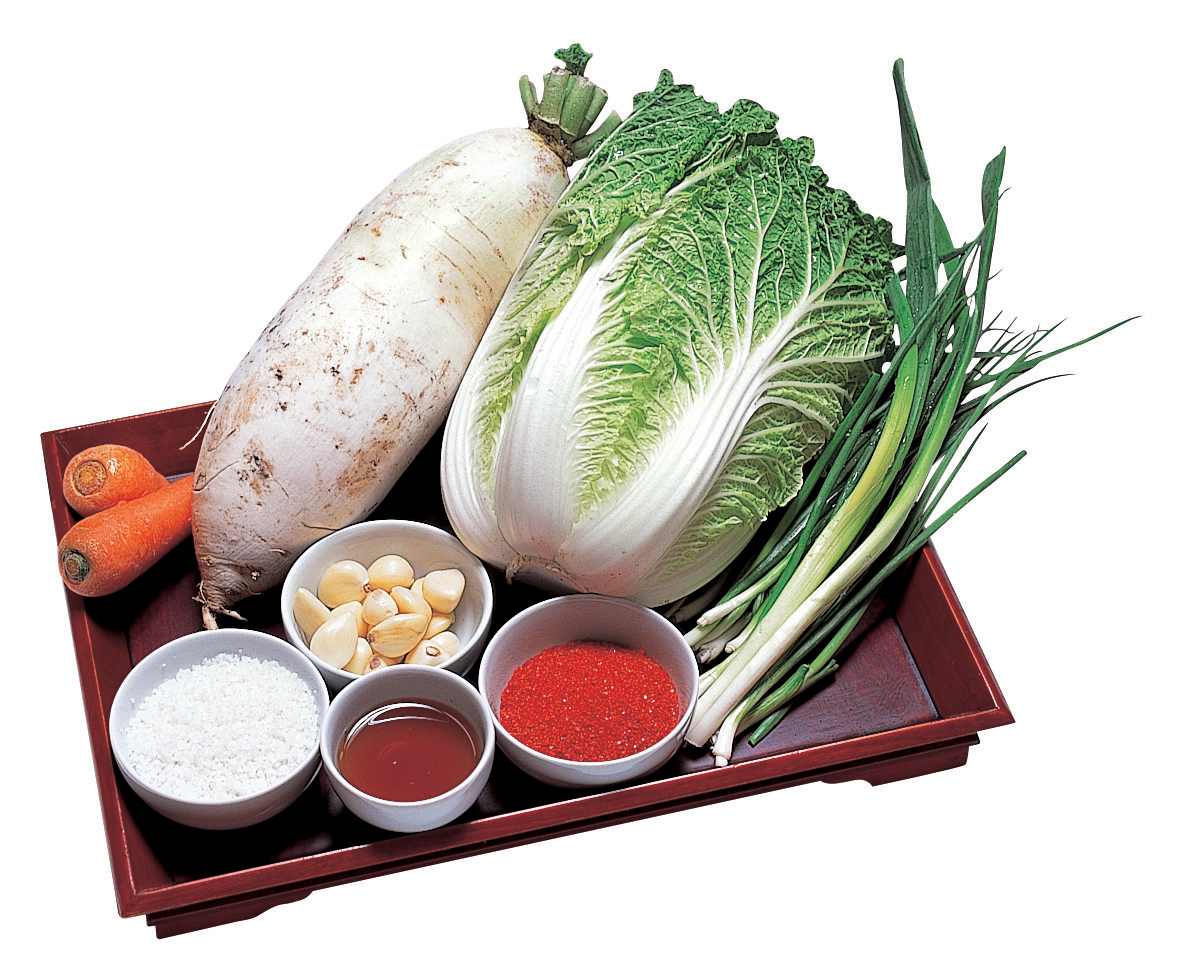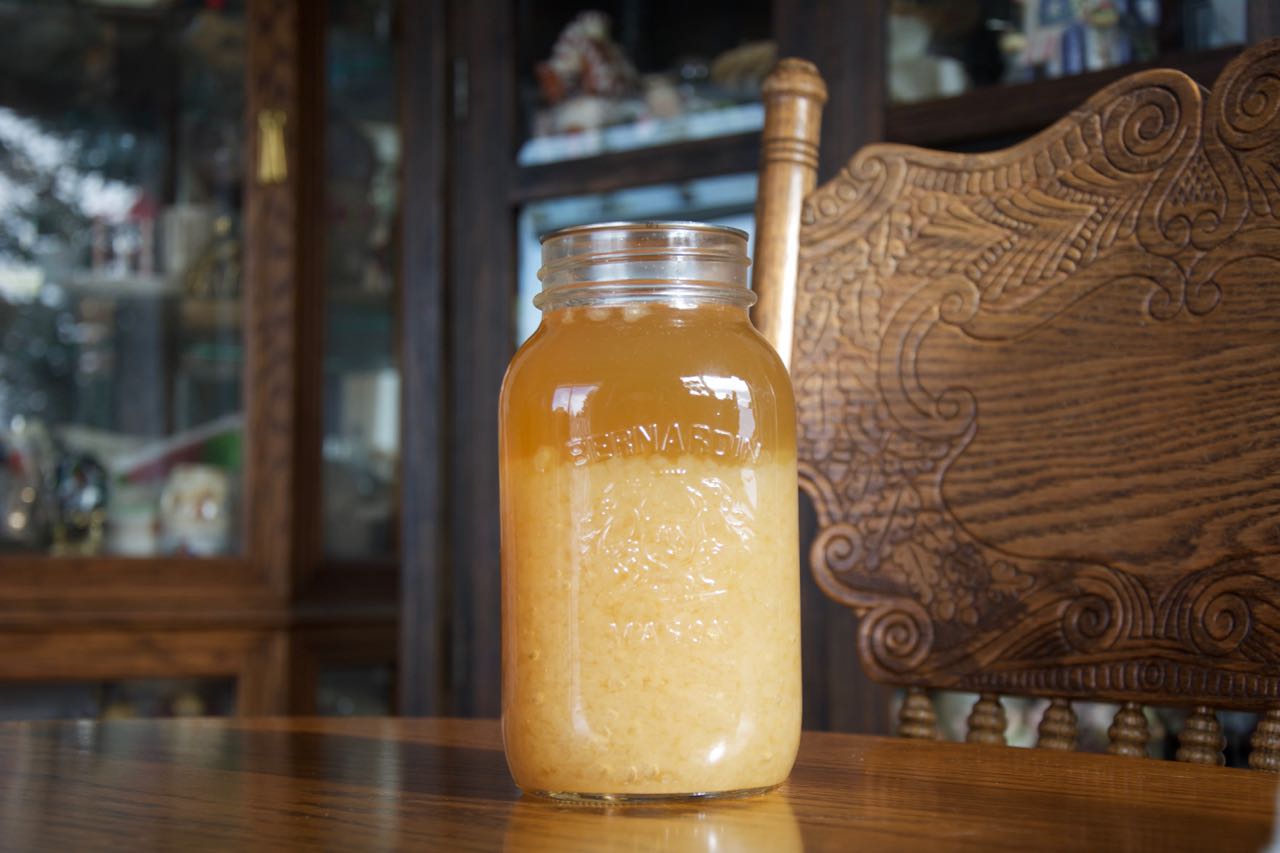|
Fructilactobacillus Fructivorans
''Fructilactobacillus fructivorans'' is a gram-positive bacteria and a member of the genus '' Fructilactobacillus'' in the family Lactobacillaceae. It is found in wine, beer, grape must, dairy, sauerkraut, meat, and fish. They are facultative anaerobics and experience best growth in environments with 5-10% CO2. Temperature for growth is between 2 °C and 53 °C, with the optimum temperature between 30 °C and 40 °C and a pH level between 5.5 and 6.2. The bacterium is rod shaped and can be found in the following forms: single, pairs, chains of varying lengths, or long curved filaments. ''F. fructivorans'' is non-motile. The main end product of the metabolic process is lactate, although ethanol, acetate, formate, CO2, and succinate may also be produced. Food production The bacteria have several metabolic properties that allow them to function as starter cultures in the production of fermented dairy, meat, and vegetable products and beverages. ''F. fructivo ... [...More Info...] [...Related Items...] OR: [Wikipedia] [Google] [Baidu] |
Bacteria
Bacteria (; : bacterium) are ubiquitous, mostly free-living organisms often consisting of one Cell (biology), biological cell. They constitute a large domain (biology), domain of Prokaryote, prokaryotic microorganisms. Typically a few micrometres in length, bacteria were among the first life forms to appear on Earth, and are present in most of its habitats. Bacteria inhabit the air, soil, water, Hot spring, acidic hot springs, radioactive waste, and the deep biosphere of Earth's crust. Bacteria play a vital role in many stages of the nutrient cycle by recycling nutrients and the nitrogen fixation, fixation of nitrogen from the Earth's atmosphere, atmosphere. The nutrient cycle includes the decomposition of cadaver, dead bodies; bacteria are responsible for the putrefaction stage in this process. In the biological communities surrounding hydrothermal vents and cold seeps, extremophile bacteria provide the nutrients needed to sustain life by converting dissolved compounds, suc ... [...More Info...] [...Related Items...] OR: [Wikipedia] [Google] [Baidu] |
Acetate
An acetate is a salt formed by the combination of acetic acid with a base (e.g. alkaline, earthy, metallic, nonmetallic, or radical base). "Acetate" also describes the conjugate base or ion (specifically, the negatively charged ion called an anion) typically found in aqueous solution and written with the chemical formula . The neutral molecules formed by the combination of the acetate ion and a ''positive'' ion (called a cation) are also commonly called "acetates" (hence, ''acetate of lead'', ''acetate of aluminium'', etc.). The simplest of these is hydrogen acetate (called acetic acid) with corresponding salts, esters, and the polyatomic anion , or . Most of the approximately 5 million tonnes of acetic acid produced annually in industry are used in the production of acetates, which usually take the form of polymers. In nature, acetate is the most common building block for biosynthesis. Nomenclature and common formula When part of a salt, the formula of the acetate i ... [...More Info...] [...Related Items...] OR: [Wikipedia] [Google] [Baidu] |
Bacterial Diversity Metadatabase
Bac''Dive'' (The Bacterial Diversity Database) is the worldwide largest database for standardized bacterial and archaeal strain-level information. Bac''Dive'' is a comprehensive resource containing diverse data on bacterial and archaeal strains, including taxonomy, morphology, physiology, sampling and environmental data and sequence information. The database is built on a base of curated data from culture collections. In 2025 Bac''Dive'' contains information on 99,392 strains, including 21,168 type strains. The database is hosted by the Leibniz Institute DSMZ - German Collection of Microorganisms and Cell Cultures GmbH and is part of the integrated DSMZ Digital Diversity infrastructure. Bac''Dive'' is a member of de.NBI - the German Network for Bioinformatics Infrastructure, as well as ELIXIR. The Global Biodata Coalition designated Bac''Dive'' a Global Core Biodata Resource (GCBR) in 2022. In 2023, Bac''Dive'' was additionally named as an ELIXIR Core Data Resource. Database ... [...More Info...] [...Related Items...] OR: [Wikipedia] [Google] [Baidu] |
Food Spoilage
Food spoilage is the process whereby food becomes unsuitable to ingest by a person; it is a matter of food safety. Bacteria and various fungi are the causes of spoilage, and can create serious consequences for consumers, but there are preventive measures that can be taken. The precise cause of the process is due to many outside factors as a side-effect of the type of product it is, as well as how the product is packaged and stored. Food spoilage is the reason for food preservation, to extend shelf life. Processed meat, Meat is processed, Frozen food, food is frozen, and Canning, food is canned. Due to spoilage, one-third of the world's food produced for human consumption is lost every year. Bacteria Some bacteria are responsible for the spoilage of food. When bacteria breaks down the food, acids and other waste products are generated in the process. While the bacteria itself may or may not be harmful, the waste products may be unpleasant to taste or may even be harmful to one's ... [...More Info...] [...Related Items...] OR: [Wikipedia] [Google] [Baidu] |
Sourdough Bread
Sourdough is a type of bread that uses the fermentation, fermentation by naturally occurring yeast and lactobacillaceae, lactobacillus bacteria to raise the dough. In addition to leavening the bread, the fermentation process produces lactic acid, which gives the bread its distinctive sour taste and improves its keeping-qualities. History Sourdough is one of the most ancient forms of bread. It was the standard method of breadmaking for most of human history until the Middle Ages, when it was replaced by barm. Barm, in turn, was replaced in the late 19th and early 20th centuries by industrially produced baker's yeast. The ''Encyclopedia of Food Microbiology'' states: "One of the oldest sourdough breads dates from 3700 BCE and was excavated in Switzerland, but the origin of sourdough fermentation likely relates to the origin of agriculture in the Fertile Crescent and Egypt several thousand years earlier", and "Bread production relied on the use of sourdough as a leavening agent for ... [...More Info...] [...Related Items...] OR: [Wikipedia] [Google] [Baidu] |
Pickled Vegetables
Pickling is the process of food preservation, preserving or extending the shelf life of food by either Anaerobic organism, anaerobic fermentation (food), fermentation in brine or immersion in vinegar. The pickling procedure typically affects the food's texture and flavor. The resulting food is called a ''pickle'', or, if named, the name is prefaced with the word "pickled". Foods that are pickled include vegetables, fruits, mushrooms, meats, fish, dairy and eggs. Pickling solutions are typically highly acidic, with a pH of 4.6 or lower, and high in salt, preventing Enzyme, enzymes from working and micro-organisms from multiplying. Pickling can preserve Decomposition, perishable foods for months, or in some cases years. Antimicrobial herbs and spices, such as mustard seed, garlic, cinnamon or cloves, are often added. If the food contains sufficient moisture, a pickling brine may be produced simply by adding dry salt. For example, sauerkraut and Korean kimchi are produced by salti ... [...More Info...] [...Related Items...] OR: [Wikipedia] [Google] [Baidu] |
Kimchi
Kimchi (; ) is a traditional Korean side dish (''banchan'') consisting of salted and fermented vegetables, most often napa cabbage or Korean radish. A wide selection of seasonings are used, including '' gochugaru'' (Korean chili powder), spring onions, garlic, ginger, and '' jeotgal'' (salted seafood). Kimchi is also used in a variety of soups and stews. Kimchi is a staple food in Korean cuisine and is eaten as a side dish with almost every Korean meal. There are hundreds of different types of kimchi made with different vegetables as the main ingredients. Examples of variants include ''baechu-kimchi'', ''kkakdugi'', '' chonggak-kimchi'', and '' oi-sobagi''. Traditionally, winter kimchi, called '' gimjang'', was stored in large earthenware fermentation vessels, called '' onggi'', in the ground to prevent freezing during the winter months and to keep it cool enough to slow down the fermentation process during summer months. The process of making kimchi was called gimjan ... [...More Info...] [...Related Items...] OR: [Wikipedia] [Google] [Baidu] |
Sake
Sake, , or saki, also referred to as Japanese rice wine, is an alcoholic beverage of Japanese origin made by fermenting rice that has been polished to remove the bran. Despite the name ''Japanese rice wine'', sake, and indeed any East Asian rice wine (such as huangjiu and cheongju), is produced by a brewing process more akin to that of beer, where starch is converted into sugars that ferment into alcohol, whereas in wine, alcohol is produced by fermenting sugar that is naturally present in fruit, typically grapes. The brewing process for sake differs from the process for beer, where the conversion from starch to sugar and then from sugar to alcohol occurs in two distinct steps. Like other rice wines, when sake is brewed, these conversions occur simultaneously. The alcohol content differs between sake, wine, and beer; while most beer contains 3–9% ABV, wine generally contains 9–16% ABV, and undiluted sake contains 18–20% ABV (although this is often lowered to abou ... [...More Info...] [...Related Items...] OR: [Wikipedia] [Google] [Baidu] |
Fermented Beverage
This is a list of fermented foods, which are foods produced or preserved by the action of microorganisms. In this context, Fermentation in food processing, fermentation typically refers to the fermentation of sugar to ethanol, alcohol using yeast, but other fermentation processes involve the use of bacteria such as lactobacillus, including the making of foods such as yogurt and sauerkraut. Many fermented foods are Mass production, mass-produced using industrial fermentation processes. The science of fermentation is known as zymology. Many pickling, pickled or souring, soured foods are fermented as part of the pickling or souring process, but many are simply processed with brine, vinegar, or another acid such as lemon juice. __TOC__ Fermented foods Fermented beans and seeds Fermented cheeses Most cheeses are fermented as part of their production. Fermented condiments Fermented creams and yogurts Fermented grains and grain-based foods Fermented fru ... [...More Info...] [...Related Items...] OR: [Wikipedia] [Google] [Baidu] |
Succinate
Succinic acid () is a dicarboxylic acid with the chemical formula (CH2)2(CO2H)2. In living organisms, succinic acid takes the form of an anion, succinate, which has multiple biological roles as a metabolic intermediate being converted into Fumaric acid, fumarate by the enzyme succinate dehydrogenase in complex 2 of the electron transport chain which is involved in making Adenosine triphosphate, ATP, and as a signaling molecule reflecting the cellular metabolic state. Succinate is generated in mitochondria via the citric acid cycle, tricarboxylic acid (TCA) cycle. Succinate can exit the mitochondrial matrix and function in the cytoplasm as well as the extracellular space, changing gene expression patterns, modulating epigenetic landscape or demonstrating hormone-like signaling. As such, succinate links cellular metabolism, especially ATP formation, to the regulation of cellular function. Dysregulation of succinate synthesis, and therefore ATP synthesis, happens in some genetic m ... [...More Info...] [...Related Items...] OR: [Wikipedia] [Google] [Baidu] |
Carbon Dioxide
Carbon dioxide is a chemical compound with the chemical formula . It is made up of molecules that each have one carbon atom covalent bond, covalently double bonded to two oxygen atoms. It is found in a gas state at room temperature and at normally-encountered concentrations it is odorless. As the source of carbon in the carbon cycle, atmospheric is the primary carbon source for life on Earth. In the air, carbon dioxide is transparent to visible light but absorbs infrared, infrared radiation, acting as a greenhouse gas. Carbon dioxide is soluble in water and is found in groundwater, lakes, ice caps, and seawater. It is a trace gas Carbon dioxide in Earth's atmosphere, in Earth's atmosphere at 421 parts per million (ppm), or about 0.042% (as of May 2022) having risen from pre-industrial levels of 280 ppm or about 0.028%. Burning fossil fuels is the main cause of these increased concentrations, which are the primary cause of climate change.IPCC (2022Summary for pol ... [...More Info...] [...Related Items...] OR: [Wikipedia] [Google] [Baidu] |
Formate
Formate (IUPAC name: methanoate) is the conjugate base of formic acid. Formate is an anion () or its derivatives such as ester of formic acid. The salts and esters are generally colorless. Fundamentals When dissolved in water, formic acid converts to formate: : Formate is a planar anion. The two oxygen atoms are equivalent and bear a partial negative charge. The remaining C-H bond is not acidic. Biochemistry : Formate is a common C-1 source in living systems. It is formed from many precursors including choline, serine, and sarcosine. It provides a C-1 source in the biosynthesis of some nucleic acids. Formate (or formic acid) is invoked as a leaving group in the demethylation of some sterols. These conversions are catalyzed by aromatase enzymes using O2 as the oxidant. Specific conversions include testosterone to estradiol and androstenedione to estrone. Formate is reversibly oxidized by the enzyme formate dehydrogenase from ''Desulfovibrio gigas'': : Formate esters ... [...More Info...] [...Related Items...] OR: [Wikipedia] [Google] [Baidu] |






